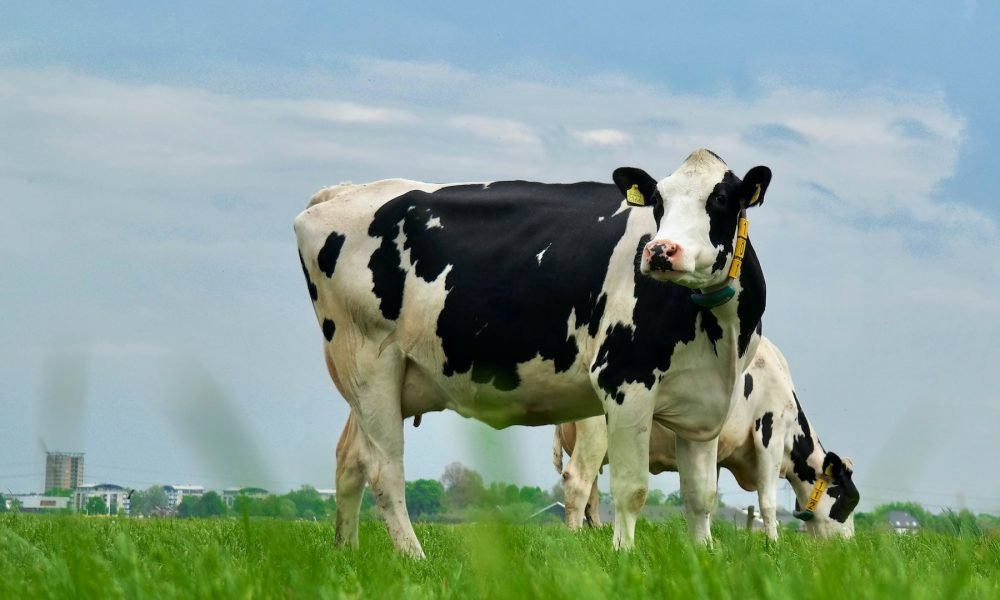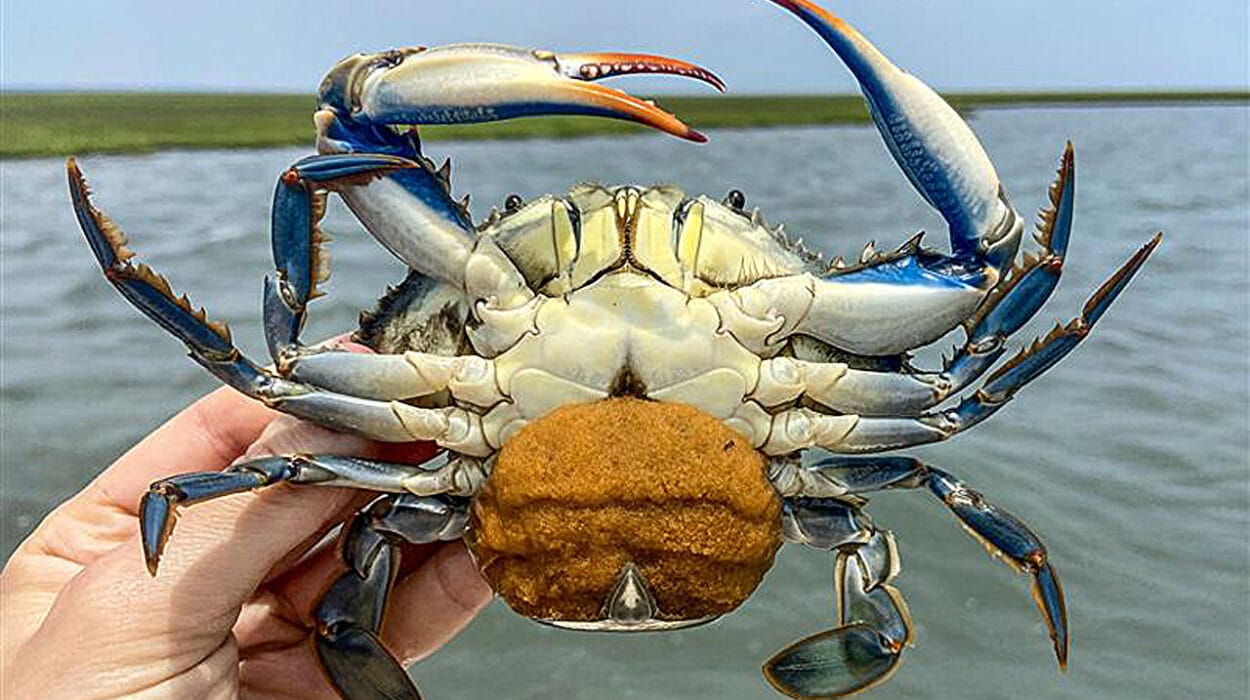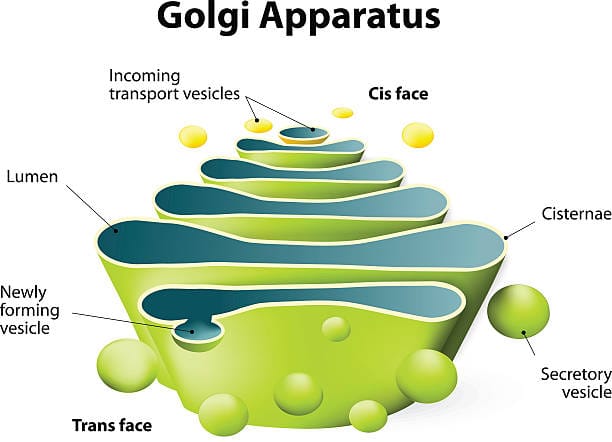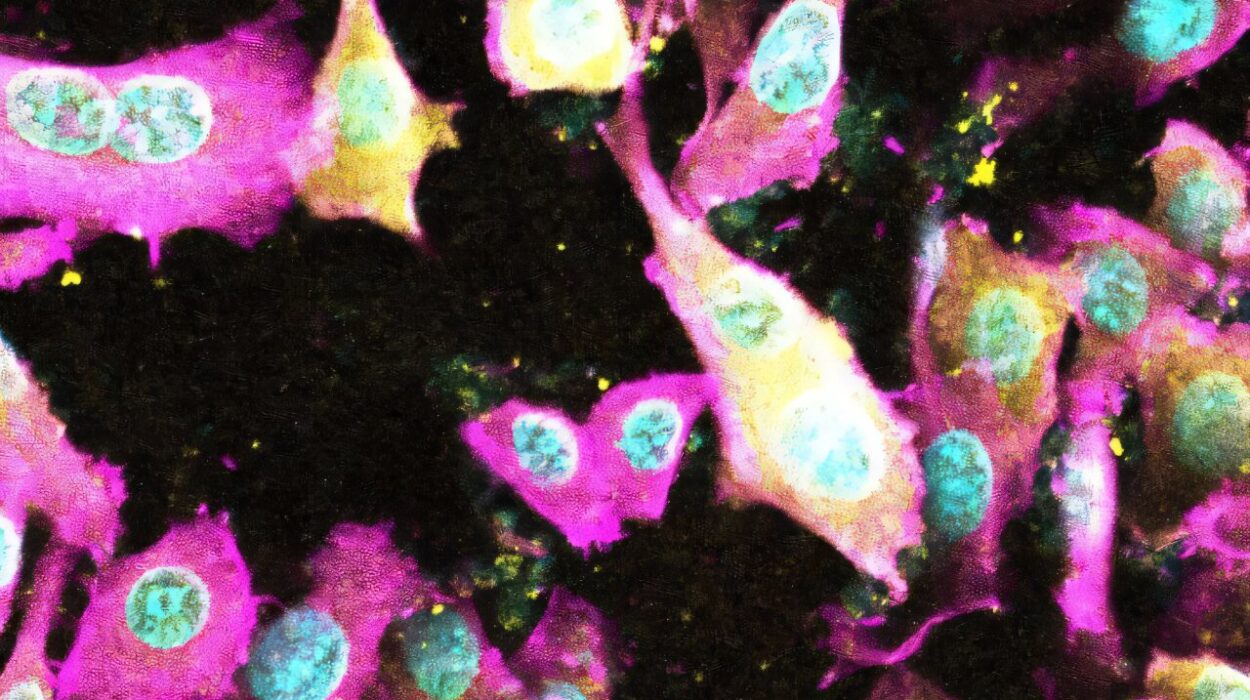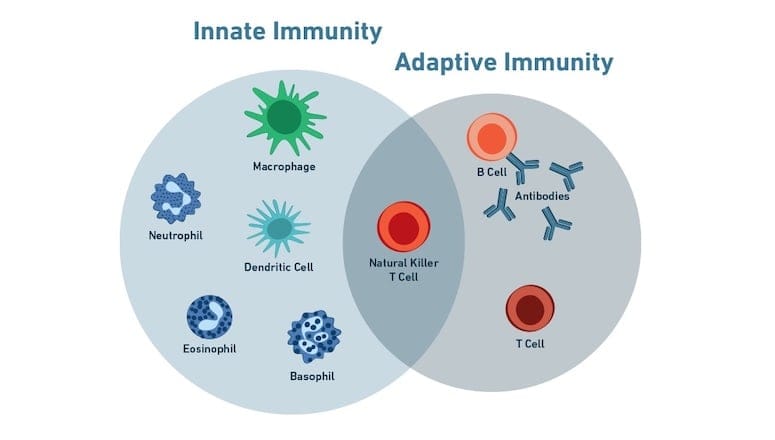In the quiet pastures where cows graze and the world still seems simple, a silent transformation is taking place—one that begins with heat, humidity, and the subtle suffering of animals built for cooler times. A new study published in Science Advances offers a sobering revelation: a single sweltering day can reduce milk production by up to 10%, and the consequences don’t stop when the temperature drops. For more than a week after the heat fades, the cows—and their milk—don’t recover.
This is not just a story about dairy cows. It is a warning about the resilience of our food systems in a warming world.
A Heatwave in the Udder
Dairy farmers have long known that cows don’t do well in the heat. But what’s emerging now is a far deeper truth: even advanced, well-prepared farms with sophisticated cooling systems are no match for the increasingly hostile climate.
Led by Eyal Frank, assistant professor at the University of Chicago’s Harris School of Public Policy, and Ram Fishman, associate professor of public policy at Tel Aviv University, the study is one of the most comprehensive of its kind. The team tracked over 130,000 Israeli dairy cows across 12 years, combining meteorological data with daily milk output. They then surveyed more than 300 farmers to evaluate how well modern cooling technologies actually work.
“Climate change will have wide-ranging impacts on what we eat and drink,” Frank says. “Even that cold glass of milk.”
And Israel is not just any testing ground—it’s among the most technologically advanced dairy systems in the world. Its farms are scattered across a range of climates, from cool hills to desert plains. Nearly every farm already uses mechanical ventilation, water spraying, and other methods to keep animals comfortable. If this is the best-case scenario, what about the rest of the world?
A Humid Death Spiral for Milk
The study’s central concern is wet-bulb temperature, a lesser-known but more deadly measure of heat stress. Unlike the familiar thermometer reading (dry-bulb temperature), wet-bulb temperature combines heat and humidity—the same metric that determines when the human body stops cooling itself through sweat.
For cows, wet-bulb temperatures above 26°C (78.8°F) are dangerous. And that number is becoming increasingly common. Under these conditions, milk production plummeted by up to 10% per day. Even after the heat retreated, it took cows more than 10 days to fully recover.
That means one brutal afternoon can echo through nearly two weeks of dairy output—adding up to a monumental loss when scaled to national or global levels.
“It’s a steam-bath effect,” says Fishman. “On a humid day, even if the air temperature doesn’t look terrible, the cows can’t shed heat fast enough. The result is chronic stress.”
Cooling Helps—But Not Enough
The Israeli farms surveyed by the researchers were already armed with technology. Massive fans spin over cows’ heads. Sprinklers mist their backs. Some barns feature elaborate temperature-controlled systems. These aren’t rustic, idyllic dairies from picture books—they are science-driven, industrial-scale facilities, optimized for efficiency and animal welfare.
Still, the heat wins.
The researchers found that cooling systems only offset about half of the milk losses on moderate days (20°C/68°F), and even less—around 40%—when temperatures reached 24°C (75.2°F). At extreme wet-bulb thresholds, even the best adaptations faltered.
And yet, these adaptations remain economically worthwhile. Farmers can typically recover the cost of installing cooling equipment in just 18 months through saved milk. But the gains flatten as temperatures climb—a limit to technology’s reach under climate duress.
“Dairy farmers are very aware of heat stress and use multiple strategies to adapt,” said Ayal Kimhi, co-author and vice president of the Shoresh Institution for Socioeconomic Research. “But full insulation from environmental stress would be prohibitively expensive.”
A Global Problem, an Unequal Burden
To understand the global stakes, the researchers projected their findings forward to mid-century and across borders. Using climate models and global dairy data, they estimated how much milk production could fall as warming intensifies—and where cooling would be most needed.
The results were sobering.
Without cooling, the world’s top 10 milk-producing countries could see an average milk loss of 4% per day. In countries like India, Pakistan, and Brazil, where temperatures soar and infrastructure lags, the impact could be even worse—between 3.5% and 4% losses per cow per day. Even with cooling, these countries still face daily reductions of 1.5% to 2.7%.
The United States and China aren’t immune either. Though better equipped, they are also exposed to rising extremes and sprawling dairy operations.
The implications ripple far beyond dairy barns. Milk is a dietary staple for billions, a major source of protein and calcium, especially in developing regions. A sustained drop in production means higher prices, nutritional deficits, economic strain, and volatile supply chains.
The Cow Is the Canary
The humble dairy cow, often overlooked in discussions of climate policy, is now revealing just how vulnerable our food systems are. Unlike corn or wheat, which can be stored, milk is immediate. Perishable. Inflexible. A cow cannot stop and restart her production. And if her environment becomes intolerable, the consequences are swift.
“Our research underscores both the value and the limitations of adaptation,” said lead author Claire Palandri, a postdoctoral scholar at the University of Chicago. “We need to think bigger. Cooling is one tool, but we must reduce other stressors—confinement, early calf separation, overcrowding—that make cows even more sensitive to heat.”
In other words, the path forward isn’t just more fans and more mist. It’s reimagining how we treat animals, how we structure farms, and how we plan for a world that’s not only hotter—but more volatile, humid, and complex.
Rethinking Resilience
The study arrives at a critical moment. As nations struggle to balance climate mitigation with food security, it becomes clear that adaptation will not be a silver bullet. What worked yesterday may no longer work tomorrow.
There is a temptation to see climate change as a far-off problem—a creeping force that slowly erodes glaciers and raises tides. But for dairy cows, climate change is now. It’s in the barn. It’s in their lungs. It’s in the milk.
And perhaps, in a way, that makes the story more tangible. Climate change is not just about sea level. It’s about the morning glass of milk, the lunchbox yogurt, the evening buttered bread. It’s about mothers who cannot find affordable formula. It’s about farmers staring at empty buckets.
The dairy cow, ancient companion of humanity, is once again delivering a message. Not with words, but with silence and dwindling yield.
Are we listening?
Reference: Claire Palandri, High-Frequency Data Reveal Limits of Adaptation to Heat in Animal Agriculture, Science Advances (2025). DOI: 10.1126/sciadv.adw4780. www.science.org/doi/10.1126/sciadv.adw4780
